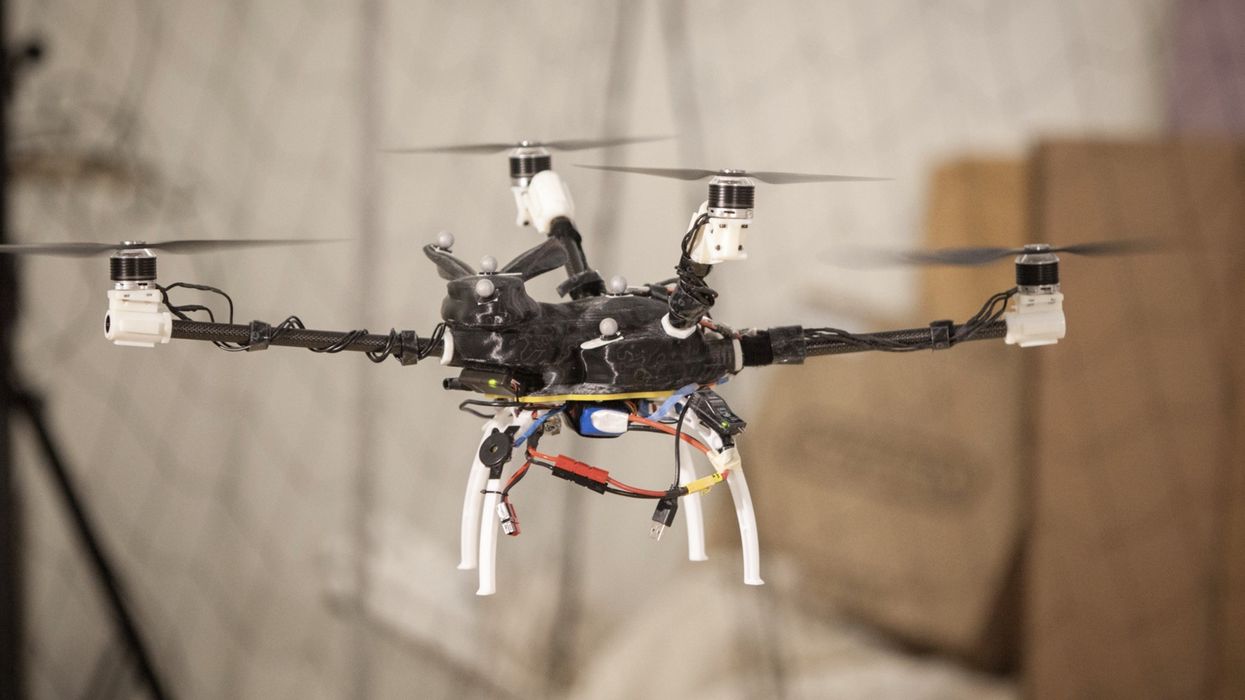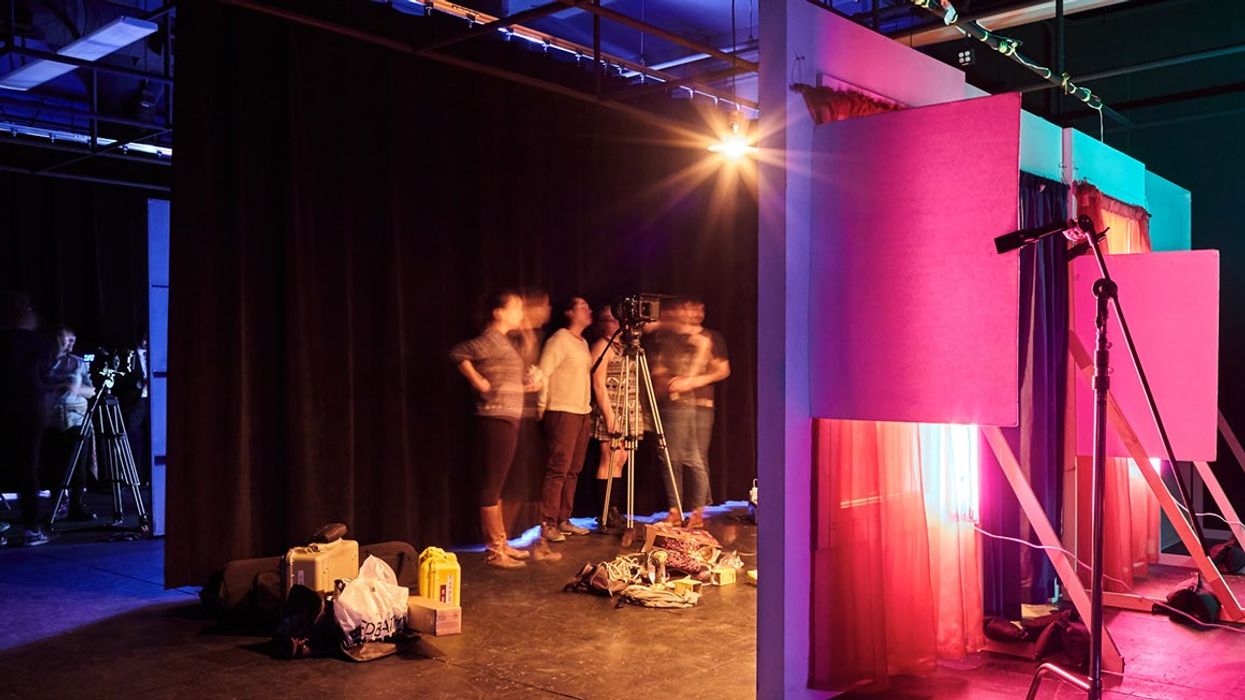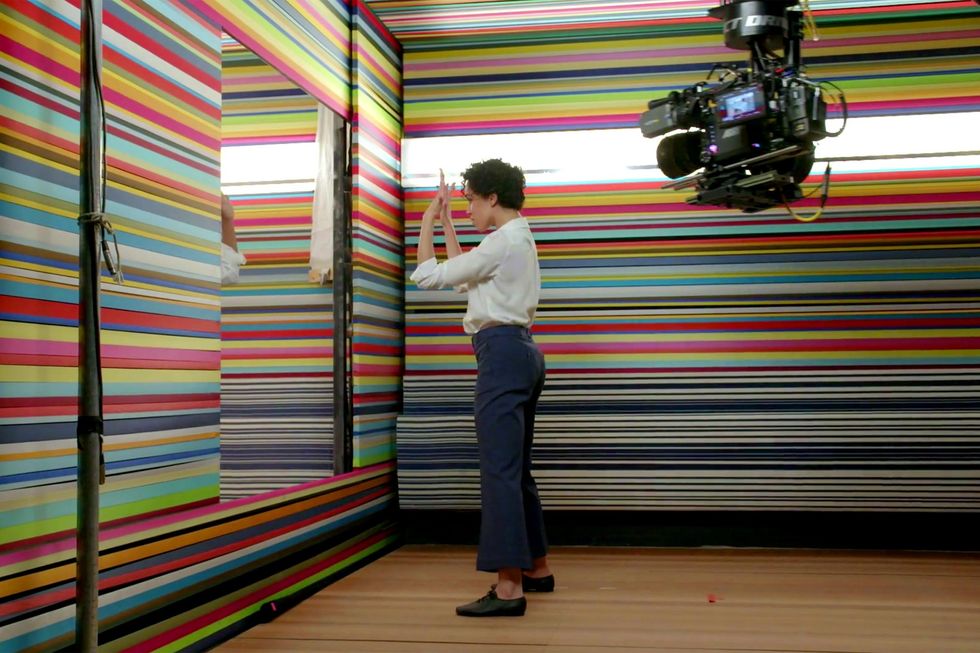Don't Buy Another Drone—Build One Yourself
MIT's new interactive program will let you design and build your own custom drone.

Do you love the idea of aerial cinematography, but haven't been able to find an UAV that meets your specific needs? Students at MIT's CSAIL (Computer Science & Artificial Intelligence Laboratory) program might have come to the rescue, developing a first-of-its-kind interactive system that enables you to design, test, and build your own drones—even without a technical background.
For users with very specific and unique needs (for payload, application, form factor, etc.) and no training in computer science, the CSAIL system will make the impossible possible by simplifying the design process and guaranteeing a successful build. According to PhD student Tau Du, “Developing multicopters like these that are actually flyable involves a lot of trial-and-error, tweaking the balance between all the propellers and rotors...It would be more or less impossible for an amateur user, especially one without any computer-science background.”
So how, then, will the program allow the average Joe or Jane to take their idea for a drone from concept to reality? According to MIT News, Joe or Jane begins by choosing from a database of specific parts. Then, the program collects information about their needs in areas like payload and battery usage, and compares their design concept with data about the specified parts and the various physics required to keep the drone aloft. Finally, they report their findings back to the Joe or Jane in the form of a simulated model, allowing them to continue altering their design until they've got an airworthy drone. If you want to get extra geeky, you can read the students' full report on their methodology here.
The system is currently only in the prototype stage, but the intention is for it to become available as open-source. It seems like a revolutionary way to create, and will certainly prove valuable for many drone applications—one of which might be filmmakers designing drones around certain camera kits or shot applications rather than waiting for drone manufacturers to create aerial platforms that fit our specific parameters.
Featured image: Jason Dorfman/MIT CSAIL
Source: MIT News


 Go Behind the Scenes of the Filming of 'Killers of the Flower Moon'
Go Behind the Scenes of the Filming of 'Killers of the Flower Moon' BTS of Spike Jonze's Apple Ad Apple
BTS of Spike Jonze's Apple Ad Apple









